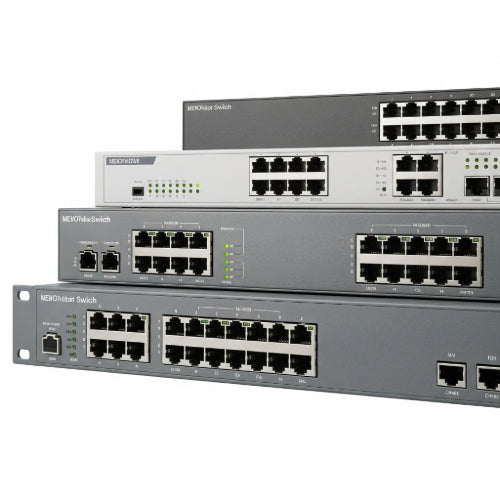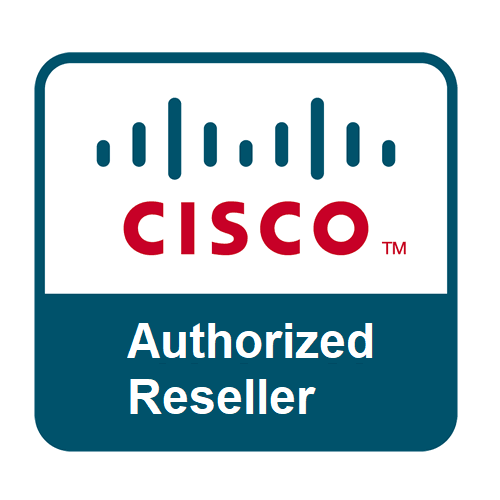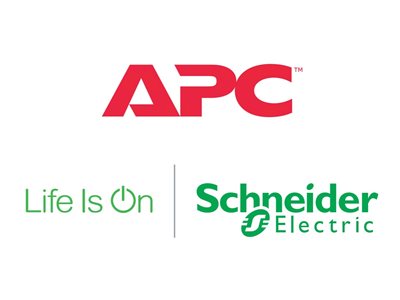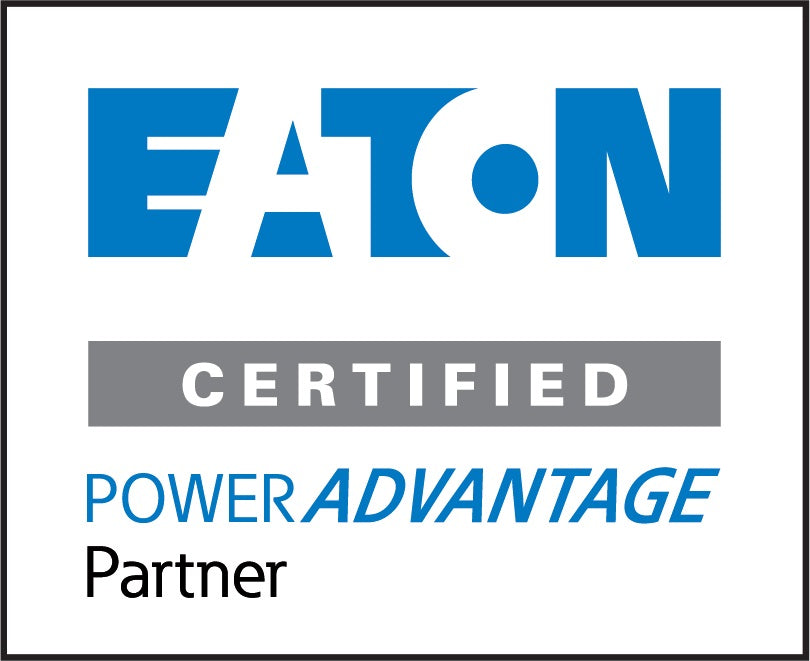Level Up Your Link: How to Improve Office Connectivity with the Right Network Switches
In today's fast-paced business environment, a reliable and efficient network is the backbone of productivity. Whether your team is collaborating on projects, accessing cloud-based applications, or simply browsing the internet, a slow or unstable connection can lead to frustration and lost time. One of the most critical components in ensuring seamless office connectivity is the network switch.
If your office in General Trias, Calabarzon, is experiencing network bottlenecks, dropped connections, or sluggish performance, upgrading or optimizing your network switches could be the solution you need. This guide will walk you through how to choose the right switches and leverage them to improve your office's connectivity.
Understanding the Role of a Network Switch
Think of a network switch as a traffic controller for your office's digital data. It connects multiple devices (computers, printers, servers, Wi-Fi access points) within the same local area network (LAN), allowing them to communicate efficiently with each other and with the outside world (via a router). Unlike a simple hub that blindly broadcasts data to all connected devices, a switch intelligently directs data packets only to the intended recipient, significantly improving network speed and reducing congestion.
Identifying Your Connectivity Needs
Before diving into specific switch features, assess your office's current and future needs:
- Number of Devices: How many devices will you need to connect now and in the foreseeable future? Ensure the switch has enough ports.
- Bandwidth Requirements: What kind of data traffic do you typically handle? Basic internet browsing requires less bandwidth than transferring large files, video conferencing, or running VoIP (Voice over IP) systems.
- Network Speed: Do your devices and internet plan support Gigabit Ethernet (10/100/1000 Mbps)? Upgrading to Gigabit switches can dramatically improve internal network speeds.
- Power over Ethernet (PoE): Do you use devices that can be powered over an Ethernet cable, such as IP phones, wireless access points, or security cameras? If so, you'll need PoE-enabled switches, which can simplify cabling and installation.
-
Managed vs. Unmanaged Switches:
- Unmanaged Switches: These are plug-and-play devices ideal for small offices with basic connectivity needs. They require no configuration.
- Managed Switches: Offer advanced features like VLANs (Virtual Local Area Networks) for segmenting your network, QoS (Quality of Service) for prioritizing traffic, and network monitoring capabilities. These are beneficial for larger offices or those with specific security or performance requirements.
Choosing the Right Network Switches: Key Considerations
Once you have a clear understanding of your needs, consider these factors when selecting network switches:
-
Number of Ports: Choose a switch with enough ports to accommodate all your current devices and allow for future expansion. It's generally a good idea to have a few extra ports available. Consider switches with 8, 16, 24, or 48 ports depending on your office size.
-
Speed: Opt for Gigabit Ethernet switches (10/100/1000 Mbps) as the standard for modern office networks. Some high-demand environments might even consider 2.5 Gbps or 10 Gbps switches for core network infrastructure.
-
PoE Capability: If you need to power devices over Ethernet, ensure the switch supports PoE or PoE+ (which provides more power). Check the total PoE budget of the switch to ensure it can power all your PoE devices simultaneously.
-
Managed Features (If Required):
- VLANs: Allow you to segment your network logically, improving security and organization (e.g., separating guest Wi-Fi from your internal network).
- QoS: Enables you to prioritize network traffic for critical applications like VoIP or video conferencing, ensuring smooth performance even during peak usage.
- Link Aggregation (LAG/Trunking): Allows you to combine multiple Ethernet links to increase bandwidth and provide redundancy between switches or servers.
- SNMP (Simple Network Management Protocol): Enables network administrators to monitor and manage the switch remotely.
-
Uplink Ports: Look for switches with dedicated uplink ports (often Gigabit or SFP ports) for connecting to your router or other network switches. This helps to avoid using regular data ports for these crucial connections.
-
Form Factor: Consider whether you need desktop switches or rack-mountable switches, depending on your office setup and the number of switches you plan to deploy.
-
Brand Reputation and Reliability: Choose reputable brands known for producing reliable networking equipment. Read reviews and consider warranties.
Tips for Optimizing Your Switch Deployment
Simply buying the right switches isn't enough; proper deployment is key to maximizing connectivity:
- Strategic Placement: Position switches in central locations to minimize cable runs. Ensure adequate ventilation to prevent overheating. If you have multiple switches, connect them using high-speed uplink ports.
- Organized Cabling: Use proper cable management techniques (cable ties, labels) to keep your network closet tidy and make troubleshooting easier.
- Avoid Overcrowding: Don't stack switches directly on top of each other without proper ventilation.
- Regular Maintenance: Keep the switch firmware updated to ensure optimal performance and security.
- Monitor Network Performance: Use network monitoring tools (if your switches are managed) to identify and address any bottlenecks or connectivity issues.
Enhancing Connectivity in General Trias and Beyond
For businesses in General Trias, Calabarzon, a stable internet connection and a well-configured internal network are vital for competing effectively. Investing in the right network switches is a crucial step towards achieving reliable and high-performance connectivity. Consider sourcing equipment from reputable IT suppliers in nearby cities or trusted online vendors to ensure you get the quality and support you need.
By understanding your office's specific needs and carefully selecting and deploying your network switches, you can significantly improve your office's connectivity, boost productivity, and ensure a smoother digital experience for your entire team. Level up your link and watch your business thrive!







